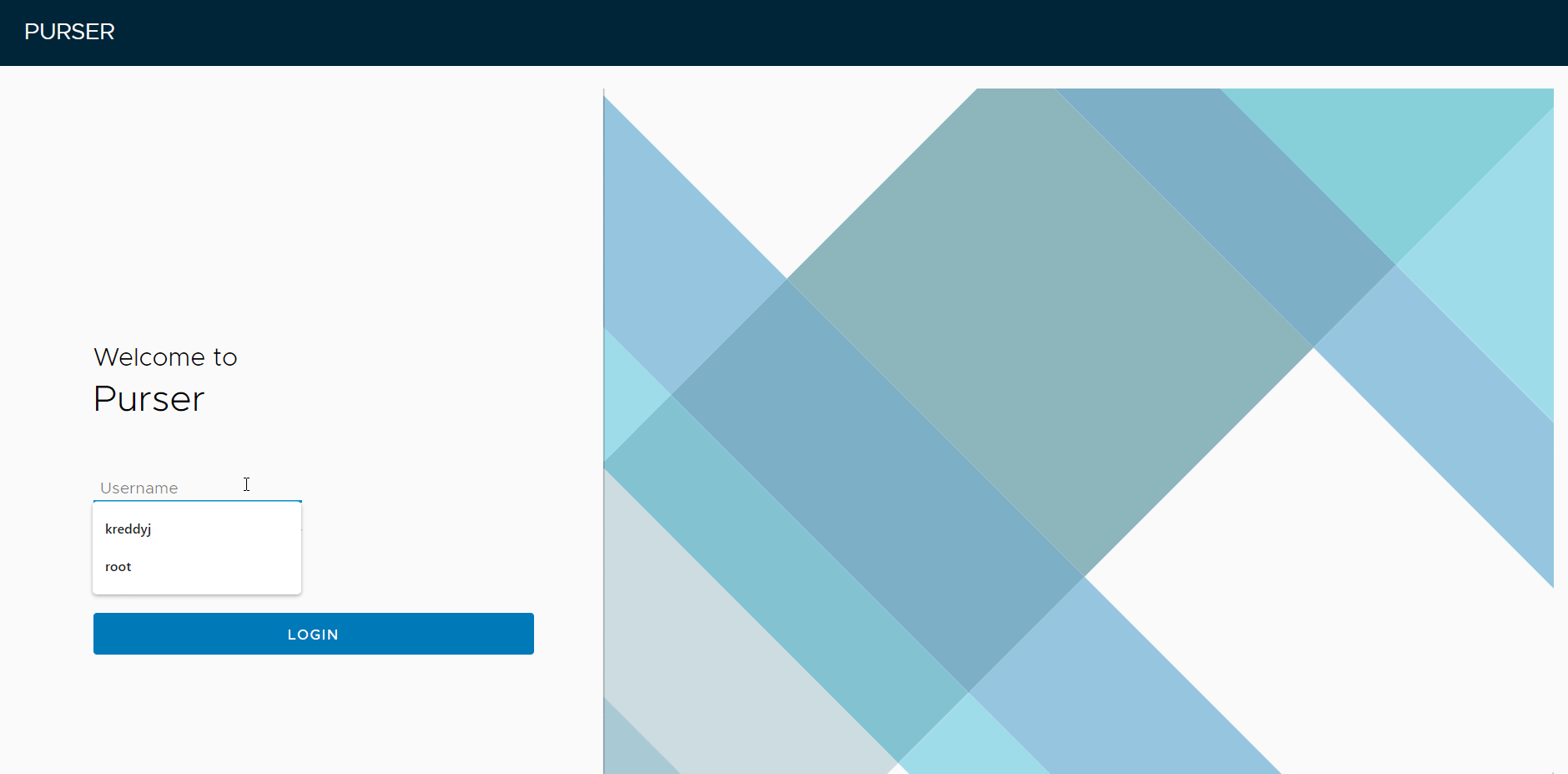- What is Purser?
- Features
- Setup and Installation
- Uninstalling
- API Documentation
- Additional Documentation
- Community, Discussion, Contribution and Support
Purser is an extension to Kubernetes tasked at providing an insight into cluster topology, costing, capacity allocations and resource interactions along with the provision of logical grouping of resources for Kubernetes based cloud native applications in a cloud neutral manner, with the focus on catering to a multitude of users ranging from Sys Admins, to DevOps to Developers.
It comprises of three components: a controller, a plugin and a UI dashboard.
The controller component deployed inside the cluster watches for K8s native and custom resources associated with the application, thereby, periodically building not just an inventory but also performing discovery by generating and storing the interactions among the resources such as containers, pods and services.
The plugin component is a CLI tool interfacing with the kubectl that helps query costs, savings defined at a level of control of the application level components rather than at the infrastructure level.
The UI dashboard is a robust application that renders the Purser UI for providing visual representation to the complete cluster metrics in a single pane of glass.
Purser with its robust CLI and UI capabilities provides a set of features including, but not limited to the list below.
-
Capability to provide visibility into the following aspects of the K8s cluster
- workload cost associated with the native/custom resources
- savings opportunities associated with storage and compute requirements
- single pane view of the complete cluster hierarchy
- capacity allocations for CPU, memory, disk space and other resources
- interactions among associated resources such as pods and services
-
Capability of user defined logical grouping of resources based on
K8s CRDimplementation for enhanced filtering. -
A plugin extension to
kubectlalong with the UI for developer centric usage. -
Capability to subscribe to inventory changes via web-hook implementation.
- Kubernetes version 1.9 or greater.
kubectlinstalled and configured. For details see here.curlinstalled. Download it here
curl https://raw.githubusercontent.com/vmware/purser/master/build/purser-setup.sh -O && sh purser-setup.shNOTE: If you want to try out purser on minikube, you can do the following steps instead.
curl https://raw.githubusercontent.com/vmware/purser/master/build/purser-minimal-setup.sh -O && sh purser-minimal-setup.sh
# Wait for containers to start, around 30s
# Open Purser in browser
minikube service purser-ui -n purserFor detailed installation steps follow the instructions in the manual installation guide.
NOTE: This Plugin installation is optional. This feature is not actively maintained and will be deprecated soon.
If you want to install and use Purser's command line interface
For other installation methods such as manual installation or installation from source code refer guides in docs.
kubectl delete ns purserNOTE: Use flag --kubeconfig=<absolute path to config> if your cluster configuration is not at the default location.
The project uses Swagger to document API's endpoints. The documentation is available at Swagger Hub.
Additional documentation can be found below:
- Manual Installation Guide
- Source Code Installation Guide
- Purser Architecture and Workflow
- Purser Plugin Usage
- Developers Guide
- Purser Deployment Guide
- Purser UI Development Guide
Issues: Have an issue with Purser, please log it.
Contributing: Would you like to contribute to our project, refer How to contribute, Developers Guide and Code of Conduct docs.


